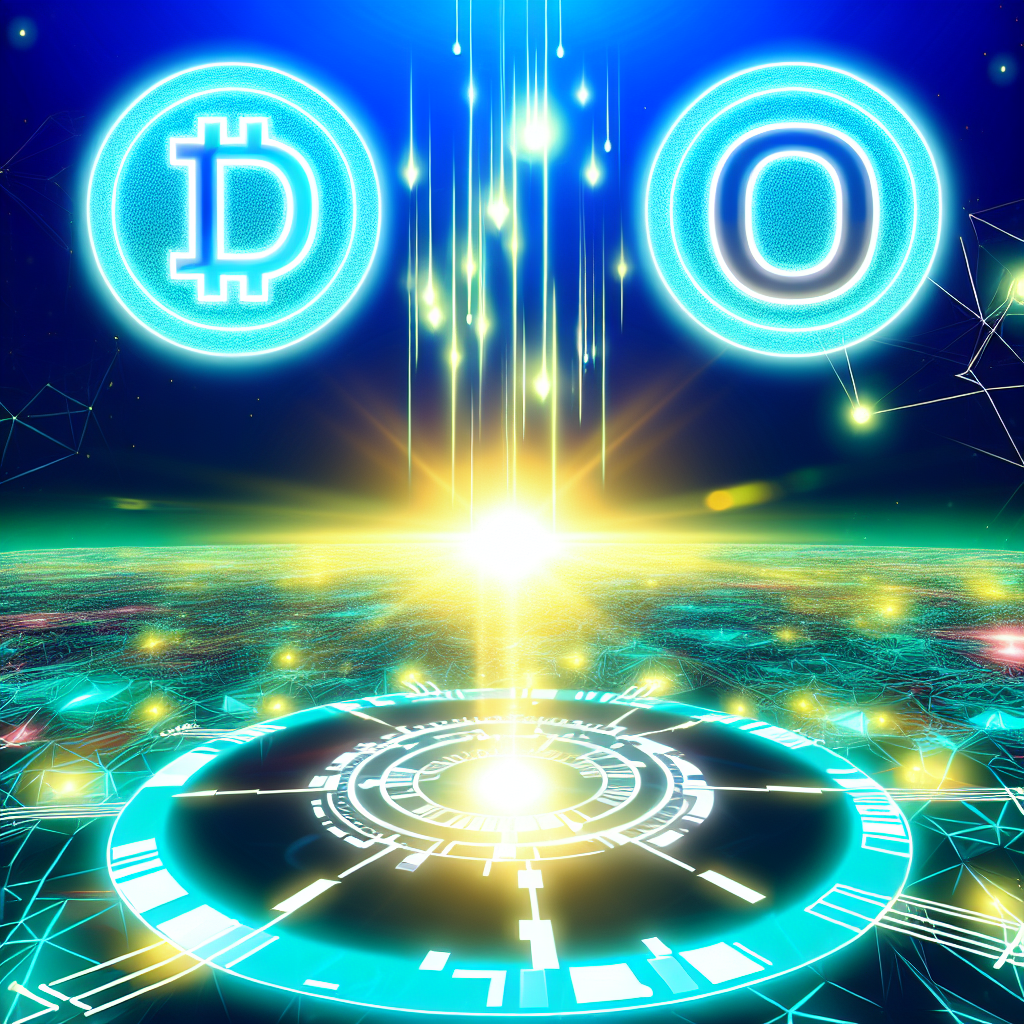Omnichain versions of Tether’s stablecoin USDt (USDT) and Tether Gold (XAUT) are now accessible on Solana via Legacy Mesh, an interoperability network based on LayerZero that connects native stablecoin liquidity across various blockchains; this could establish Solana as a formidable settlement layer for on-chain finance and real-world assets (RWAs).
The introduction of USDT0 and XAUT0 effectively brings Tether’s digital dollar and tokenized gold to Solana, potentially integrating stablecoin liquidity with real-world asset applications.
Unlike Tether’s USDT stablecoin, USDT0 is not issued by Tether. It is part of a third-party omnichain liquidity network aimed at unifying existing native USDT liquidity across multiple blockchains. Consequently, Solana’s integration may bolster Tether’s omnichain presence, following previous USDT0 implementations on Ethereum, OP Superchain, Polygon, TON, and Arbitrum.
Legacy Mesh facilitates interoperability by connecting native USDT liquidity pools, enabling stablecoins to transfer across networks without the need for wrapped tokens or third-party bridges. However, bridging risks and liquidity fragmentation continue to pose challenges within multichain ecosystems, complicating the prediction of how much USDT liquidity will actually move to Solana.
As per the companies, this expansion enhances access to Tether’s USDt, the largest stablecoin by market cap, boasting a total circulating supply of roughly $180 billion.
Since its launch, USDT0 products have handled over $25 billion in bridge volume across more than 32,000 transfers, as reported by the companies.
Tamar Menteshashvili, head of stablecoins at the Solana Foundation, stated that the integration will foster growth in decentralized finance, payments, and institutional-grade financial products on Solana. Practically, this could involve treasury management, remittances, and collateralized lending.
While XAUT0 is lesser-known, it signifies an omnichain version of Tether Gold, which has gained prominence amid a yearlong rise in gold prices. XAUT brings the precious metal onto the blockchain, providing it with programmable features akin to digital assets like Bitcoin (BTC).
Related: Ethereum Foundation’s near-term UX priority is interoperability
Stablecoins, RWAs gain momentum on Solana
Solana, recognized within crypto communities as one of the fastest-expanding blockchain networks, is drawing increasing attention from traditional finance. With a market capitalization of around $112.6 billion, Solana ranks as the second-largest smart contract platform after Ethereum.
According to Matt Hougan, chief investment officer at Bitwise Asset Management, Solana is poised to attract Wall Street, potentially becoming banks’ preferred network for stablecoin transactions.
Simultaneously, the tokenization of RWAs on Solana has been accelerating. Protocols such as Splyce and Chintai have recently launched products that let retail investors directly access tokenized securities on the network.
Despite this progress, Solana only accounts for a small portion of the overall RWA market, currently holding about $694 million in tokenized assets on-chain, according to industry data. Ethereum continues to dominate as the largest network for RWAs, with nearly $12 billion in value.
This disparity highlights the competitive landscape among blockchains vying for institutional finance and real-world asset flows, particularly amid a pro-industry regulatory shift in the United States.
Magazine: Solana Seeker review: Is the $500 crypto phone worth it?

